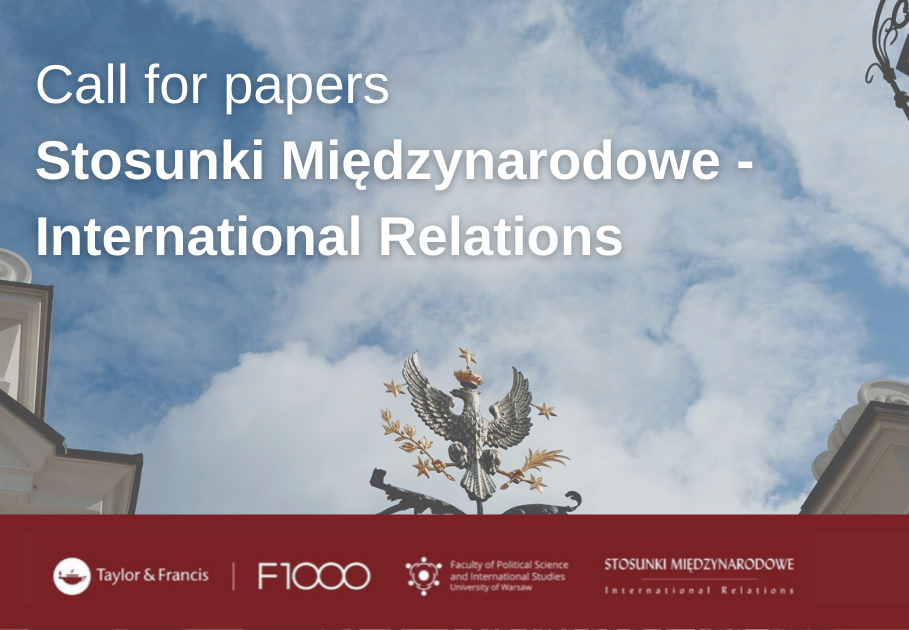About the Journal
Aims and scope
Editorial Board and Advisory Board
Ethics Policy
Privacy Policy (GDPR)
Contact
Current issue
Archive
For Authors
Call for Papers - New Publishing Platform of SM-IR
Guidelines for Authors
Formal requirements - structure of texts
Editorial requirements
Review procedure
Reviewing rules
Review process
Review procedure
Reviewing rules
Guidelines for Reviewers
Policies/Ethical Code
Contact
RESEARCH ARTICLE
The Evolution of External Environment Shaping
Poland’s Independence
1
Uniwersytet Warszawski
Publication date: 2018-03-31
Stosunki Międzynarodowe – International Relations 2018;54(1):25-45
KEYWORDS
independencesovereigntyVersailles SystemfascismcommunismnationalismauthoritarianismCold WarCommunist BlocWestliberal internationalorderNATO and EU enlargement
ABSTRACT
The passing century of Poland’s independence reflects its strong correlation with
a diversity of international factors. This correlation is incomparably stronger than
in most European countries. Taking advantage of favourable international situation
Poland manged to regain its independence (with a proportionally small contribution
of its own), whereas its one time collapse, despite Poland’s strong resistance,
proved effectively instrumental in its loss. In the second phase of that century, i.e.
period of Cold War, Poland was officially an independent state in terms of formal constraints of international law, although its sovereignty was strongly curtailed,
while initially – close to none whatsoever. At the same time, however, unlike
in the interwar period, i.e. the times of the Second Republic, post-war Poland, i.e.
People’s Republic of Poland, a country fenced off by the Iron Curtain, was guaranteed
its international security by the Soviet Union, the hegemon of the communist system,
in which Poland was, to all intents and purposes, a hostage to international peace. It
was commonly acknowledged at the time that eventual all-out war might bring an
unimaginable destruction to the country. Poland gained threat-free independence and
true sovereignty only after the fall of the Communist Bloc, and subsequent division
of Europe. This took place during the birth and short-term expansion of the liberal
international order, in the concluding, third phase of that century. Poland became
a part of the West in terms of its political, geopolitical, and institutional structure.
Within the period spanning 1990 – 2015, the country boasted an impressive boom
in all areas of life, although, as seems inevitable in the phase of post-transformation
growth, the country’s booming development was spread out rather unevenly.
Overall, however, it was by far one of the best quarters of a century in Poland’s
history since 966 (in line with the criteria of peaceful relations with the neighbours,
social cohesion, economic, and civilisational growth, e.g. life expectancy, acquired
education level, etc.). The experience of this century offers some clear-cut pointers
to be embraced by Polish political class with regard to pursuing the country’s
foreign policy.
Share
RELATED ARTICLE
We process personal data collected when visiting the website. The function of obtaining information about users and their behavior is carried out by voluntarily entered information in forms and saving cookies in end devices. Data, including cookies, are used to provide services, improve the user experience and to analyze the traffic in accordance with the Privacy policy. Data are also collected and processed by Google Analytics tool (more).
You can change cookies settings in your browser. Restricted use of cookies in the browser configuration may affect some functionalities of the website.
You can change cookies settings in your browser. Restricted use of cookies in the browser configuration may affect some functionalities of the website.



